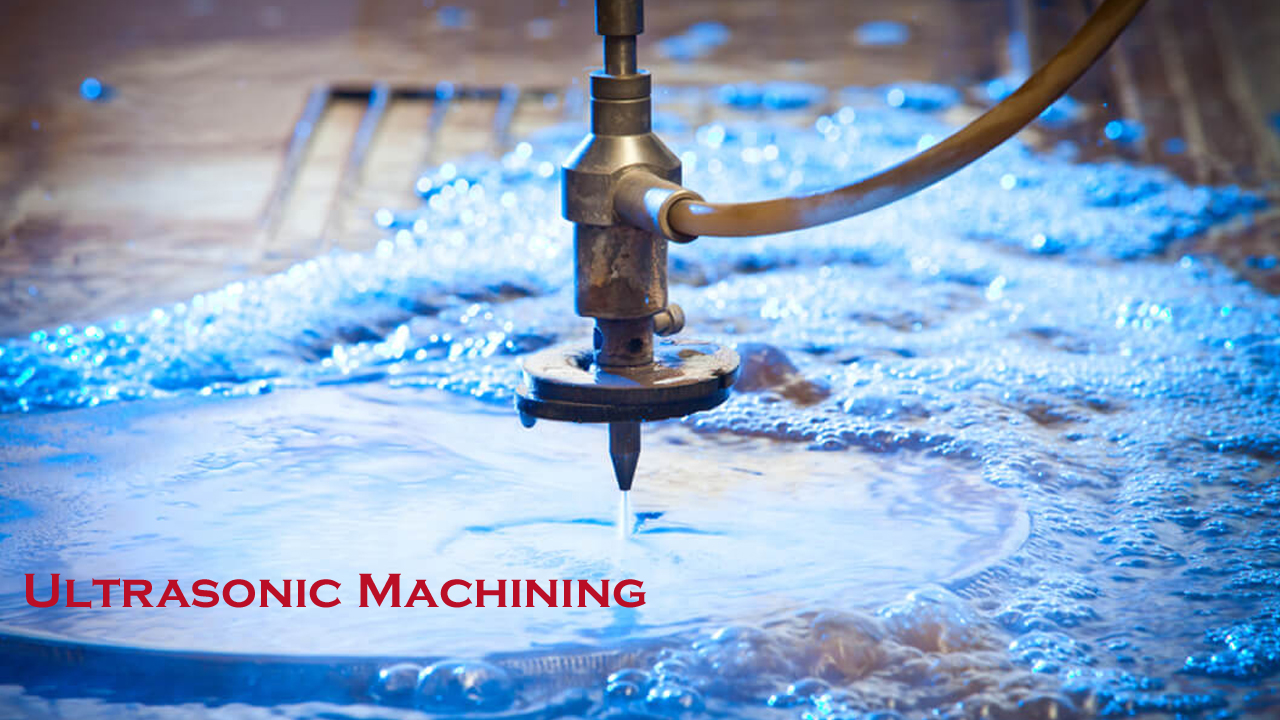Ultrasonic machining with its superlative efficiency is changing the manufacturing industries. The main reason this machining process is used in the manufacturing field is that there is less heat developing during the process. All operations conducted using the process of ultrasonic machining are cost-effective and are best in performance. Ultrasonic machining is an abrasive method that, with the help of its vibrating device and the indirect passage of abrasive particles to the workpiece, can produce any material into a hard and brittle shape. This is a method of machining with a low rate of material removal.
Ultrasonic Machining
Ultrasonic impact grinding is also known as an procedure involving a vibrating device that fluctuates the ultrasonic frequencies to extract the material from the workpiece. The method includes an abrasive slurry that flows between the instrument and the piece of work. Regardless of this the method and the piece of work never connect. The cycle never reaches two kilos.
Ultrasonic Machine is Useful for Hard Material
This approach is the best choice for dealing with hard-wearing materials like ceramic matrix composites, ruby, piezo-ceramics, glass , ceramics, quartz, ferrite, diamonds, technical ceramics, alumina, PCD, sapphire, CVD silicon carbide and the like.
Ultrasonic Machining Process
Similar to the piece of work, the instrument used in the cutting machine is made from a soft material. Typically the tool is made of such materials as soft steels and nickel. When the device is vibrating, the abrasive slurry (liquid) that includes abrasive grains and particles is applied. The abrasive slurry is applied before parts of the work connect with the grains. Because of the added liquid particles, the work piece’s brittleness abrades the surface whilst the device slowly deforms.

Working Principle of Ultrasonic Machining
The time spent on ultrasonic machine depends entirely on the tool’s vibrating frequency. This also depends on the thickness of the abrasive slurry grains, as well as the rigidity and viscosity. Typically the grains used in the abrasive solution are boron carbide or silicon carbide, since they are stiffer than others. The abrasive used will be quickly carried away if the slurry fluid has less viscosity.
Ultrasonic Machining Advantages and Disadvantages
To make the right decision: get to know the advantages and drawbacks of the machining process:
Advantages
- Equiped all sorts of rough materials
- Produces fine performance, finished and organized
- Gives less heat
- Different shapes of the hole cut due to vibratory movement of the blade
Disadvantages
- Needs a greater degree of honesty and competency
- No certified x-ray record
- Unnecessary large sizes of grains cause flaws
- Due to spurious signs and misunderstanding of the process additional repairs may be needed
Ultrasonic devices are the future of machining that is used worldwide to produce hard and fragile materials for industrial applications. The ultrasonic system can perform a lot of operations which will help the industrialists in a number of ways. Advanced technology provides a solution that can open up markets in the industry and has made it simpler.

